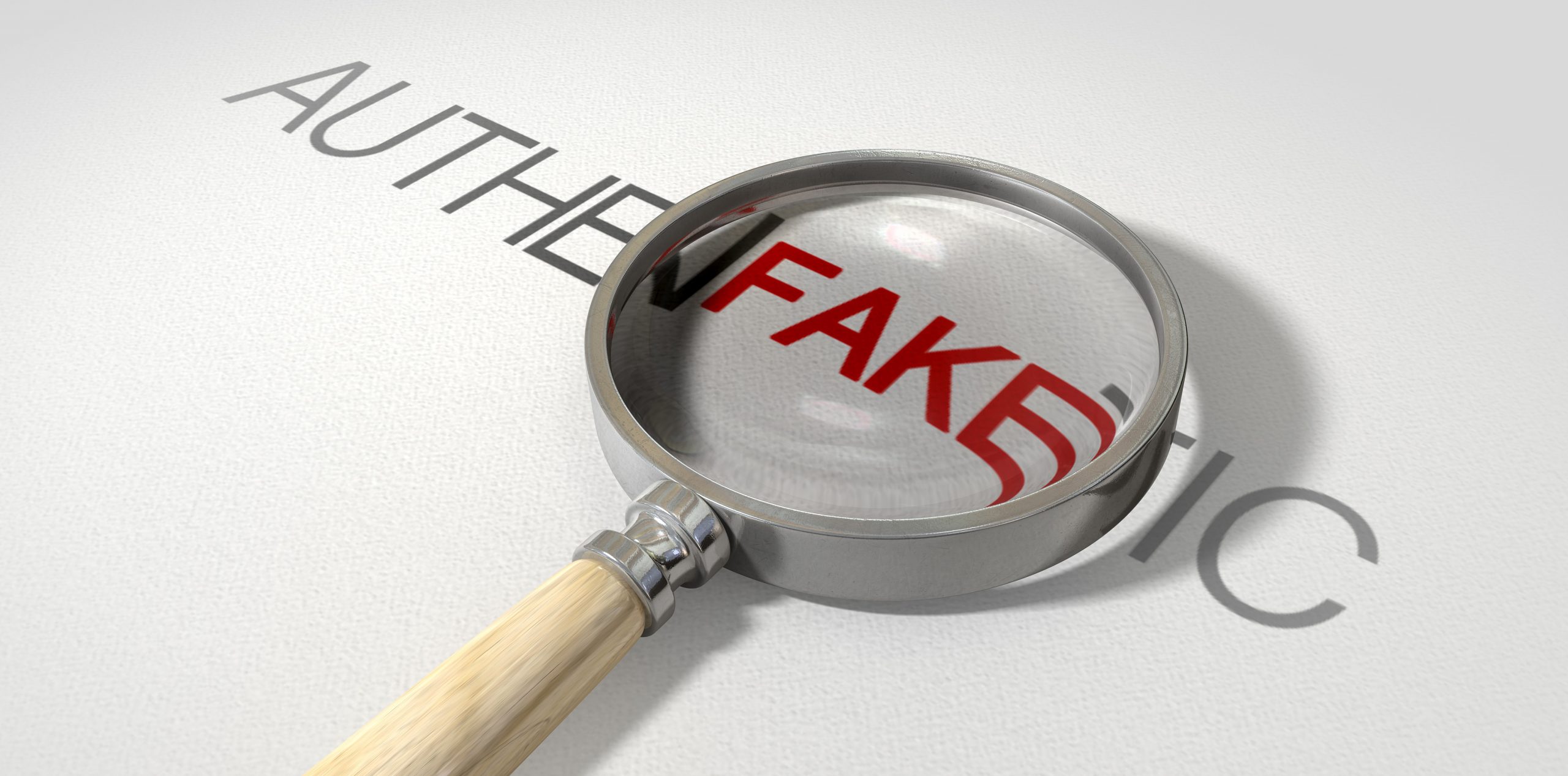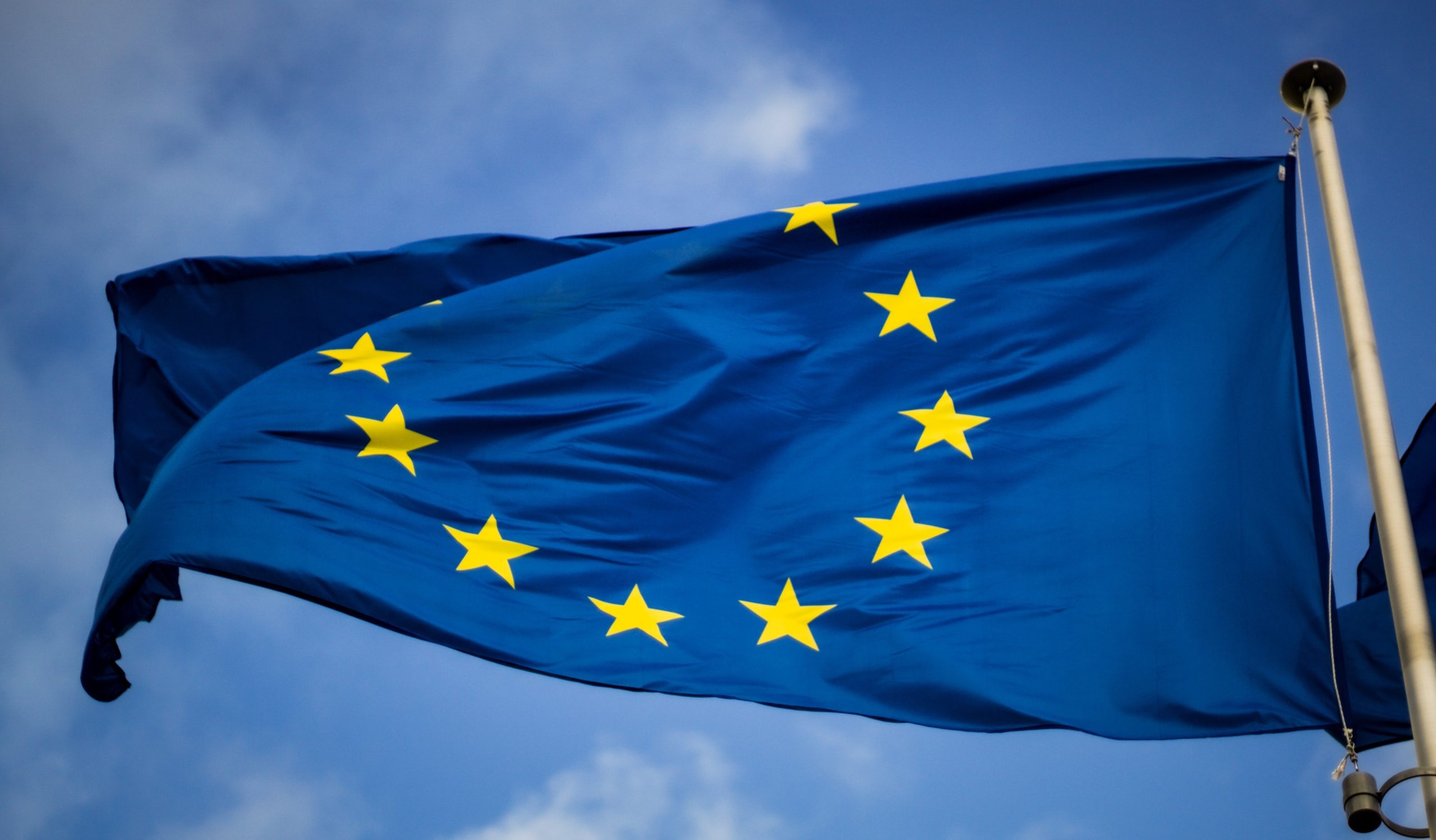A few weeks ago, on the 5th of April 2012, the Court of Appeal of the Second Circuit of the United States upheld the appeal made by Viacom on the previous ruling against Google-Youtube.
The case started in 2008, when the search engine/video giant was first charged by Viacom of having repeatedly infringed copyright, by publishing and hosting copyrighted contents, such as videos of American Premiere League football matches, exclusively broadcast by Viacom. Viacom had sent multiple takedown requests to Youtube, most of which successful, but thought that, considered the “massive” quantity of its copyrighted content which was circulated through the Youtube portal, the Over The Top provider could do more in terms action against illegal uploads; Viacom demanded that Youtube moved to preventing copyrighted uploads by means of a pre-emptive filter and took action on infringing users.
In the first judgment[1], Youtube was however cleared of all allegations, since the judge duly noted that while there is copyrighted content on the Youtube portal, all “notice and take down” procedures filed by Viacom against illegal videos uploaded by Youtube users had been effective, since those contents had been quickly removed by the video aggregator. Therefore, the district judge ruled in Youtube’s favour in a motion for summary judgment, holding that the “notice and take down” procedure adopted by the over the top content provider was the only non-invasive measure providing a successful removal of infringing contents; Judge Stanton held that, notwithstanding the fact that the company had some “general knowledge that some copyrighted material had been posted by users”, it did not, in fact, had any means (save for takedown notices) to understand if any given uploaded clip had been uploaded with or without proper authorization by the copyright owner; nor could Youtube proactively police each and every content uploaded on its servers. The judge also added that, unlike in the previous “Grokster case”[2], the video sharing services offered by Google on Youtube could not be considered as “specifically created for illegal sharing of copyrighted content”.
In his decision, Stanton applied the so-called “safe harbor” principle, provided by the Digital Millennium Copyright Act[3], a provision very similar to the European “mere conduit” principle, by which the provider of hosting services cannot be found guilty for crimes committed by its users, provided it can demonstrate that it was unaware of its users’ violating behaviors.
The appeal case examined this very last claim: the Second Circuit District Court of Appeal of the United States, in fact, argued that all testimonies by Google consultants, acquired during the first judgement, indicated that Youtube was well aware that the majority of the contents on its servers were uploaded without any consent from the copyright owners, and did nothing to contrast such a massive violation of copyright.
The Appeal judges stressed also the fact that Youtube has not provided the Court of sufficient data to justify its change from a situation of stillness and mild disinterest over uploaded content, a situation definied as “wilful blindness”, to one of “prompt and diligent removal of infringing contributions”.
On these arguments, the U.S. Court of Appeal for the Second Circuit has canceled the first ruling, returning the case to the District Court of first instance, in order to assess the data on both Youtube’s awareness of infringing videos on its servers and the effective possibility for the company to enact pre-emptive controls to contrast the high level of copyright infringements testified by its own consultants.
The Court of first instance should now examine if Youtube is using all possible measures of ex ante enforcement of copyright or can do more in terms of controlling copyright violations.
Once again, an Over The Top content provider faces the vexed question: is it possible to enact pre-emptive and pervasive controls to filter users’ uploads, and reduce copyright infringements?
The recent “SABAM /v Scarlet Extended”[4] and “SABAM /v Netlog”[5] cases have already shown how difficult and costly pre-emptive controls can be and specified the perimeter of their valid, adoption which should safeguard both privacy of the users and commercial rights of the host providers/ISPs.
It is too early to draw final determinations on the matter, but it should be emphasized that a real solution regarding the OTT Provider’s responsibility for its users’ uploads feels still far from being adopted, and that the new verdict of the District Court could both confirm the first one or overrule it.
[1] Held on June 23rd, 2010 by Judge Luis Stanton.
[2] MGM Studios, Inc. v. Grokster, Ltd. 545 U.S. 913, a decision in which the Supreme Court of the United States unanimously held both Grockster and Streamcast P2P file sharing companies as responsible for inducing the users of Grockster and Morpheus P2P softwares to enact massive and repeated copyright infringement.
[3] “To amend title 17, United States Code, to implement the World Intellectual Property Organization Copyright Treaty and Performances and Phonograms Treaty, and for other purposes”, also known as Digital Millenium Copyright Act (or D.M.C.A.), effective since the 28th of October 1998.
[4] Scarlet Extended SA /v Société belge des auteurs, compositeurs et éditeurs SCRL (SABAM), Case C‑70/10, ruling held by the European Court of Justice on 24th November, 2011.
[5] Société belge des auteurs, compositeurs et éditeurs SCRL (SABAM) /v Netlog NV, Case C-360/10, ruling held by the European Court of Justice on 16th February, 2012.


